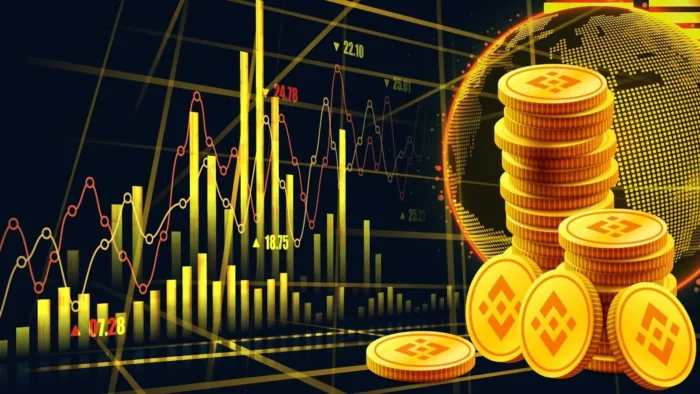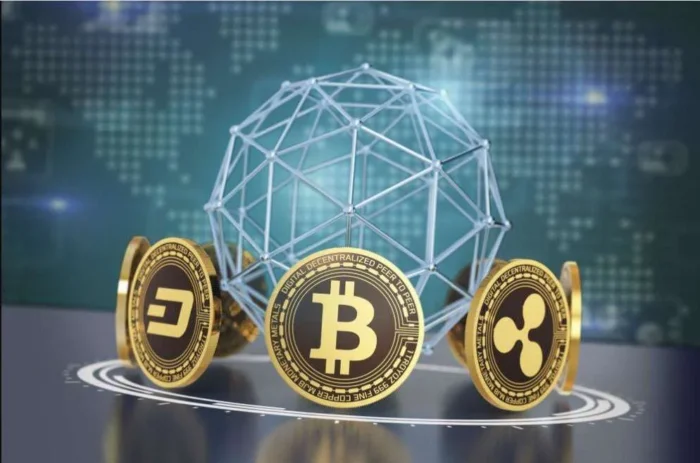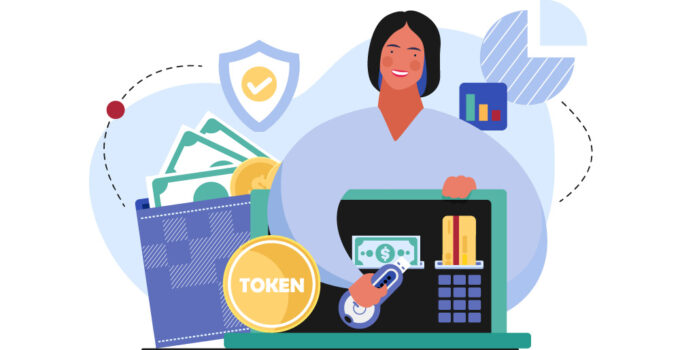The cryptocurrency sector doesn’t stop bringing new opportunities for investors. One of the latest implementations of cryptos in the investment sector is tokenized shares.
Tokenized shares, like Tesla token, allow investors to buy the shares that were out of their reach due to their expense. Now with tokenized shares, you can purchase a fraction of several expensive shares and diversify your portfolio.

Source: freepik.com
Furthermore, the application of the blockchain to traditional finance allows:
- To make transactions on tokenized financial instruments more transparent by allowing the traceability of these transactions;
- To make transactions on tokenized financial instruments more secure because each transaction is validated by the nodes of the network, making it possible to reduce possible fraud and falsification;
- To make transactions on tokenized financial instruments faster and cheaper (to date, this applies rather than layer 2 blockchains).
For the issuer, the advantages are many:
- Use the blockchain to divide a financial asset into a multitude of tokens;
- Possibility of programming a smart contract for the automation of the conditions of transfer, regulatory compliance, and the rights attached to the tokens;
- Allow the sale of tokenized instruments on an open market 7/7 and 24/24;
- Aim for a larger community of investors;
- Lowering geographical barriers through the use of an international and decentralized market.
- Digitization of the shareholder register when buying a tokenized share.
When a token issuer wishes to tokenize a financial asset, it must know the legal qualification of the token issued. To do this, the issuer will have to analyze what type of underlying financial asset the token is backed by. The issuer can go through an STO if he wants to raise funds to finance a project or simply digitize security on the blockchain through a specialized company. In these two cases, the token will be qualified as a security token.

Source: pinterest.com
As for an ICO, the exchange of the token in the form of a security token on a secondary market remains essential in order to find liquidity. On the other hand, when the token is qualified as a security token, its exchange is strictly regulated. As soon as the token is listed on an exchange platform, the MIFID II directive requires that the latter designate an approved intermediary as the central manager. It must be a legal person or be approved as such.
In addition, other regulatory constraints are imposed when an exchange wishes to offer the purchase (re) sale of security tokens.
For the investor, here, too, the advantages are numerous:
- Use the blockchain to acquire a financial instrument (taking advantage of all the advantages that the use of blockchain technology confers);
- Allow an immediate transfer of ownership of the underlying financial asset;
- Enable the purchase of financial assets at a lower cost by reducing the number of institutional intermediaries and transaction costs.
The tokenization of financial assets creates new investment opportunities. The regulations in force on security tokens must still be clarified in the years to come. To date, the structuring of financial asset tokenization projects is highly regulated and must be carried out rigorously in order to avoid any sanctions from regulators.




